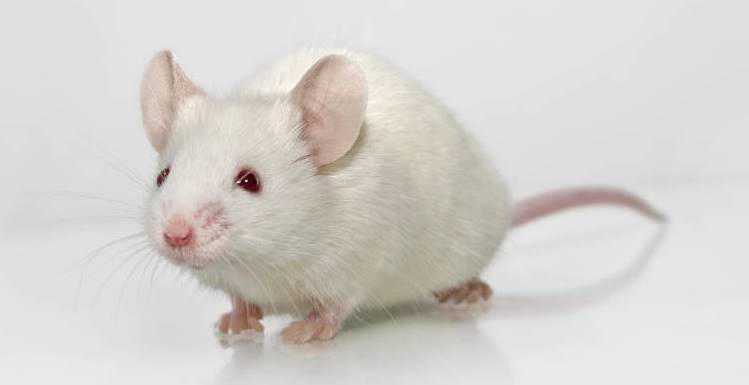Axenic animals are laboratory controlled animals that are germ-free i.e. animals that are not contaminated with any microorganisms and are devoid of any microflora. Such animals can also be called Gnotobiotic animals.
Gnotobiotic or Axenic animals have tremendous medical research applications. The microflora from axenic animals help scientists to elucidate the relationship that exist between disease and pathogens; and they do this by comparing pathogens with organisms isolated from gnotobiotic animals.
Laboratory animals that are gnotobiotic normally contain a known amount of microbiota and, such animals are usually raised in the laboratory for medical research purposes. Axenic animals are good experimental models for the investigation of the interaction between specific microbes and animals. They serve as sources of pure cultures for in vivo microbiological research.
A microbiologically monitored environment in the microbiology laboratory can also be referred to as an axenic or gnotobiotic environment. To establish a gnotobiotic animal (e.g. mice, rat, rabbits or monkeys) in the laboratory, the pregnant female animal is delivered of its foetus by a caesarian section in aseptic conditions (e.g. in a sterile isolator), and the young animal (to be made gnotobiotic) is immediately transferred to a germ-free environment where it is raised.
The germ-free environment (sterile isolator) ensures that all food, air, water and other substances entering it are sterile. This assures that the isolator is totally germ-free. A colony of gnotobiotic animals is maintained by ensuring mating amongst the female and male gnotobiotic animals generated.
The waste products of gnotobiotic animals, the exhaust air from their isolators and samples are subjected to periodic bacteriologic examination in order to ensure that the environment is still germ-free. Such a microbiological test must produce no colony or growth of microorganism in order to authenticate the isolator as truly gnotobiotic.
References
Black, J.G. (2008). Microbiology: Principles and Explorations (7th ed.). Hoboken, NJ: J. Wiley & Sons.
Brooks G.F., Butel J.S and Morse S.A (2004). Medical Microbiology, 23rd edition. McGraw Hill Publishers. USA.
Champoux J.J, Neidhardt F.C, Drew W.L and Plorde J.J (2004). Sherris Medical Microbiology: An Introduction to Infectious Diseases. 4th edition. McGraw Hill Companies Inc, USA.
Dictionary of Microbiology and Molecular Biology, 3rd Edition. Paul Singleton and Diana Sainsbury. 2006, John Wiley & Sons Ltd. Canada.
Engleberg N.C, DiRita V and Dermody T.S (2007). Schaechter’s Mechanisms of Microbial Disease. 4th ed. Lippincott Williams & Wilkins, Philadelphia, USA.
Gladwin M and Trattler B (2006). Clinical Microbiology Made Ridiculously Simple. 3rd edition. MedMaster, Inc., Miami, USA.
Levinson W (2010). Review of Medical Microbiology and Immunology. Twelfth edition. The McGraw-Hill Companies, USA.
Madigan M.T., Martinko J.M., Dunlap P.V and Clark D.P (2009). Brock Biology of Microorganisms, 12th edition. Pearson Benjamin Cummings Inc, USA. Pp. 902-903.
Mahon C. R, Lehman D.C and Manuselis G (2011). Textbook of Diagnostic Microbiology. Fourth edition. Saunders Publishers, USA.
Mandell G.L, Bennett J.E, Dolin R, eds. Mandell, Douglas, and Bennett’s Principles and Practice of Infectious Diseases, 5th ed. Philadelphia: Churchill Livingstone, 2002.
Murray P.R, Baron E.J, Jorgensen J.H., Pfaller M.A and Yolken R.H (2003). Manual of Clinical Microbiology. 8th edition. Volume 2. American Society of Microbiology (ASM) Press, Washington, D.C, U.S.A.
Murray P.R., Rosenthal K.S., Kobayashi G.S., Pfaller M. A. (2002). MedicalMicrobiology. 4th edition. Mosby Publishers, Chile.
Discover more from #1 Microbiology Resource Hub
Subscribe to get the latest posts to your email.



